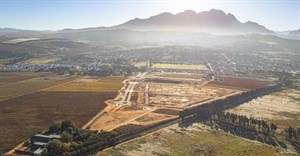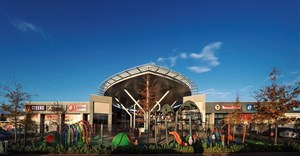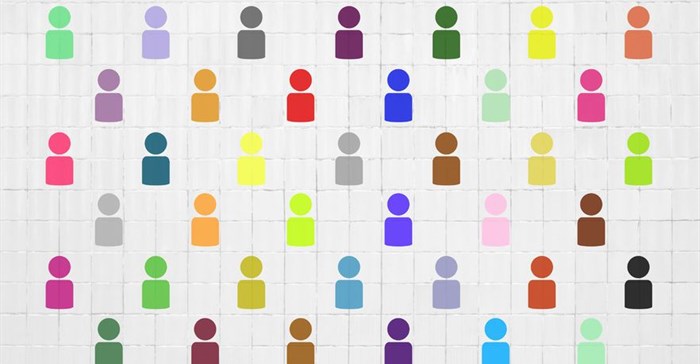“Each urban development affects not only those that invest in it or occupy the buildings and places within it, but the wider community - all those that live and work nearby, simply pass through or visit the area on a regular basis," says Biljana Savic, a London town planner and director of The Academy of Urbanism.
"How and where we build new or regenerate existing buildings and places, and what uses we plan for them affects our quality of life – our feeling of belonging, identity and pride; safety, crime and fear of crime; community cohesion; health; access to essential facilities including schools, public transport, green spaces or shops; as well as economic prosperity of local businesses or entire city regions. Therefore, it is only right that all the affected parties, including local residents and businesses, should be actively involved in shaping the developments that affect them.”
Constructive collaboration
The Sustainable Cities Institute notes that the positive outcomes of constructive collaboration with communities are numerous and far outweigh the potential challenges of coordinating such an effort. Among these outcomes are the generation of new ideas, customised solutions to community-specific issues, conflict prevention and relationship building. Moreover, residents who are invested in shaping their community report a higher level of satisfaction with where they live.
In New Zealand, the importance of communities in influencing urban development is increasingly being recognised with a proliferation of innovative urbanism initiatives aimed at mobilising and instigating conversations with them around comprehensive, long-term urban solutions. For instance, a design-by-trial approach was used to develop proposals for the transformation of Waitemata Plaza in Auckland’s Waterfront regeneration area. A number of design options were tested over the course of a summer, enabling the community to experience the potential for the space and provide valuable feedback. Their responses informed a new plan for the plaza that was heavily supported by resident and stakeholder groups.
Urban regeneration
In Cuba, community engagement is well-established in urban regeneration and development projects in various parts of Havana. Since the early 1980s, regeneration agency, the Office of the Historian of the City of Havana, has undertaken hundreds of projects in the oldest part of the city, following the area’s designation by UNESCO as a World Heritage Site. These have been carried out in careful consultation with local people and businesses to make sure that the character and liveliness of the city is not lost. Additionally, for the past 10 years, the International Network for Traditional Building and Urbanism (INTBAU) has been hosting the annual International Charrette on Urban Design in Havana. This is an intensive planning session where citizens, designers and others collaborate on a vision for the future of a particular neighbourhood or section of the city. This year’s event focused on Old Havana with the theme of ‘Cuba: learning from its past to develop its future’.
Locally, organisations like the Development Action Group (DAG), People's Environmental Planning (PEP) and Future Cape Town, along with a handful of developers, are advocating for communities to be consulted, where appropriate, in addressing the country’s housing crisis - particularly the need for urban housing in well-located areas that accommodates a more diverse set of income ranges. “Community participation is incredibly important in development work, because it allows for the wealth of local, lived experiences and knowledge to have an impact on a project, and in that way contribute towards democratic city making,” says Claire du Trevou, project coordinator at PEP.
Addressing need for housing
Cosmo City in Johannesburg, one of the first social housing projects in South Africa to integrate different income groups and land uses, is an example of successful community engagement geared towards meeting the need for housing. Over a period of three years, the community surrounding the proposed development site was engaged via public noticeboards, advertisements, personal notifications and workshops, some of which drew nearly 3000 people. Although some objections related to the development were raised through the public consultation process, intense community engagement was essential for its success with the design proposal accommodating many of the community’s comments.
“For me as a practitioner in the space, community participation is not simply a check-box task. It is an act of acknowledgement - acknowledging that you, as a professional, do not always know best; acknowledging the lived experience of those living in the spaces you work; and acknowledging that there are other ways of doing," concludes du Trevou.



















